In the springtime, asparagus is one of the first vegetables to emerge from the ground. The reason for this, I have learned, is that the asparagus plant is a perennial plant that comes back on its own every year.
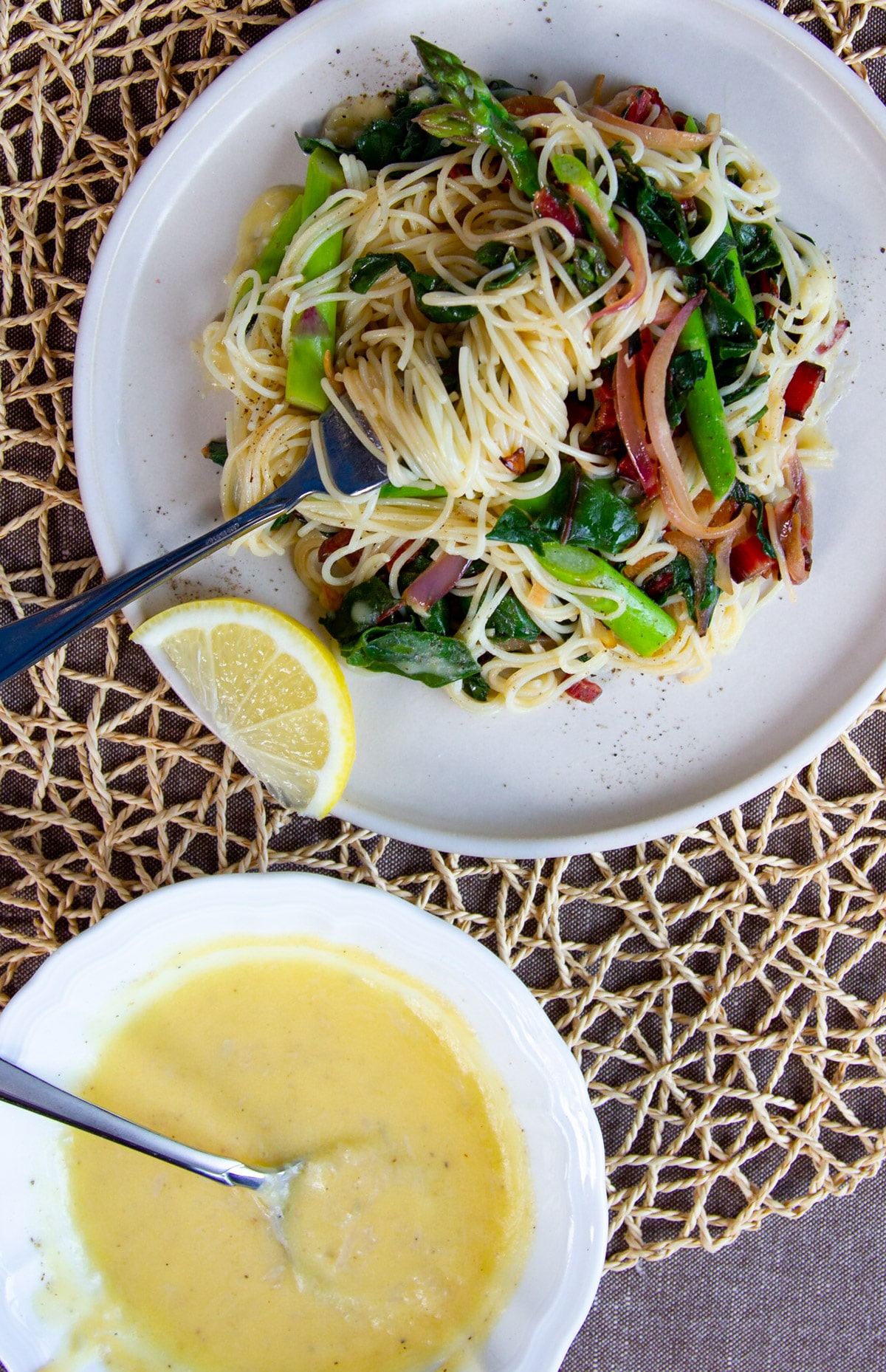
In a seasonal garden, as the frozen ground warms up, plants that lay dormant all winter come back to life on their own timelines.
I had chives, lavender, chocolate mint, spearmint, sage, oregano, lemon thyme, and onions growing in my garden already in mid-March because nature signaled them to grow.
At the same time, I have just started seeds indoors and outdoors, which will have to grow on my clumsy timeline now.
So asparagus stalks are associated with early spring for the reason that they come early, and they come on nature’s timeline.
Let’s call asparagus a gift then. I find that one of the most enjoyable ways to have asparagus in the spring is with pasta.
Pasta noodles are substantial enough to satisfy a person’s appetite on cooler spring days, while the asparagus provides that snappy taste of spring that we also crave.
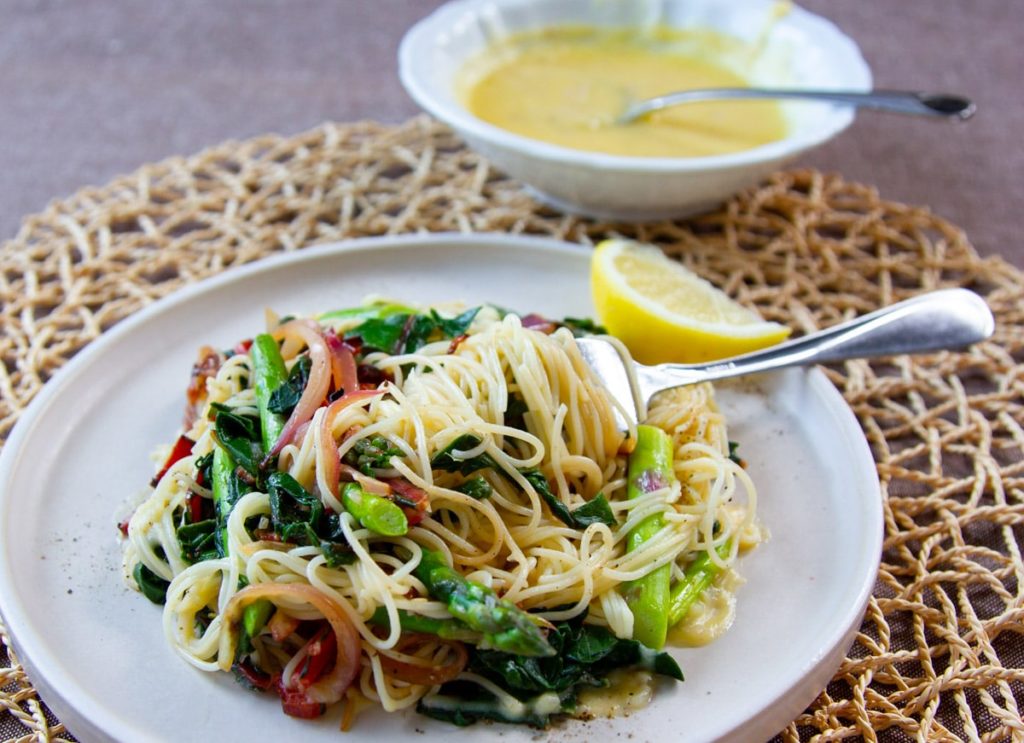
I don’t know what you think, but asparagus tastes a bit grassy to me, or maybe I associate it with the new grass that has also started growing.
Still, the fibrous texture of the stalks feels rugged and strong, like the active energy of spring itself.
When you combine the chewiness of the pasta with the crunch of the asparagus, and enrobe it with tangy, salty, lemon butter sauce, this dish just works.
How To Enjoy Asparagus Pasta
I envisioned this recipe as an Easter weekend, or spring treat.
I thought of families getting together and having something really special. After all, it isn’t every day you get to eat asparagus lathered in butter right?
My recipe also calls for Swiss chard. I tend to add multiple varieties of greens to practically everything I make, so that is what happened here. It’s also pretty if you buy the red or rainbow chard.
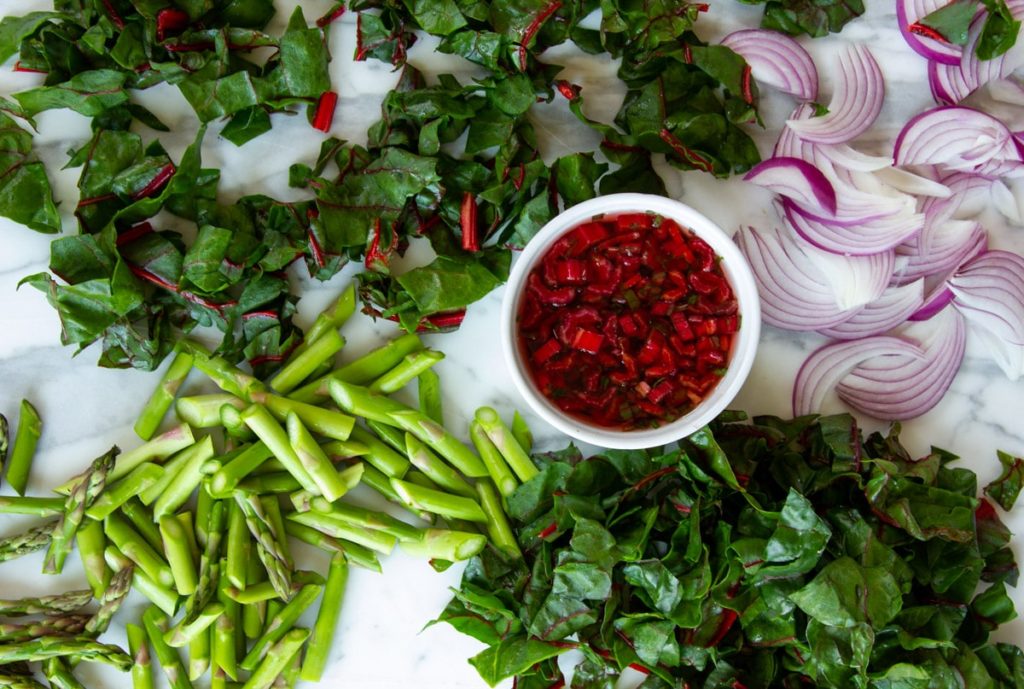
If Swiss chard isn’t your thing, you could leave it out, or you could replace it with baby leaves of kale, beet greens, spring onions, chives, spring radishes, baby chard, and so on.
I am thinking you could even enjoy the asparagus pasta with frozen peas as a second vegetable.
Or you could always just eat the asparagus pasta, plain and simple.
Or have asparagus as a side dish, topped with lemon butter sauce.
> Get the recipe for Easy Garlic Lemon Butter Sauce
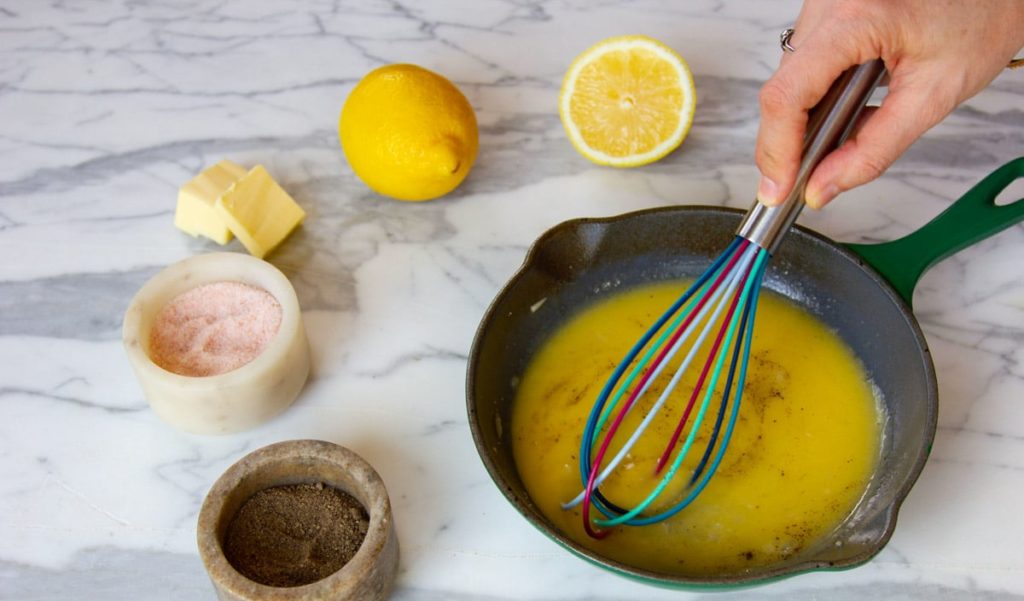
Why Butter On Pasta?
I am always trying out variations of pasta that don’t involve tomatoes, and at the same time don’t feel too rich, like creamy Alfredo sauce for example.
I tend towards reducing fat in my diet, but I still regularly eat healthy fats. For me, it’s always a balancing act.
There is no getting around the fact that butter is a high fat, high calorie food, but that doesn’t mean it is bad for you.
What you really want to watch out for are highly processed foods that contain fat, which is practically everything you buy in a package.
Butter isn’t highly processed. Butter goes bad if you leave it out on the counter, and that means it’s alive. Butter is a traditional food that that has been enjoyed for thousands of years.
I read a great article that pointed out that heart disease in America at the turn of the century was rare, yet by 1960 it was the number one killer.
You know what happened during that time? Butter consumption decreased from 18 pounds per person per year to four, and Americans were replacing butter with highly processed alternatives, such as margarine.
So what are the health benefits of butter?
From being supportive of thyroid and adrenal health, to providing anti-oxidant benefits, and vitamins E, K, and D, as well as providing a source of iodine, anti-cancer benefits, and factors that protect your joints and help your body absorb minerals, the list is long. It even contains a tiny amount of the elusive Vitamin B12.
It would seem that butter offers a ton of supportive synergistic factors that support myriad bodily functions.
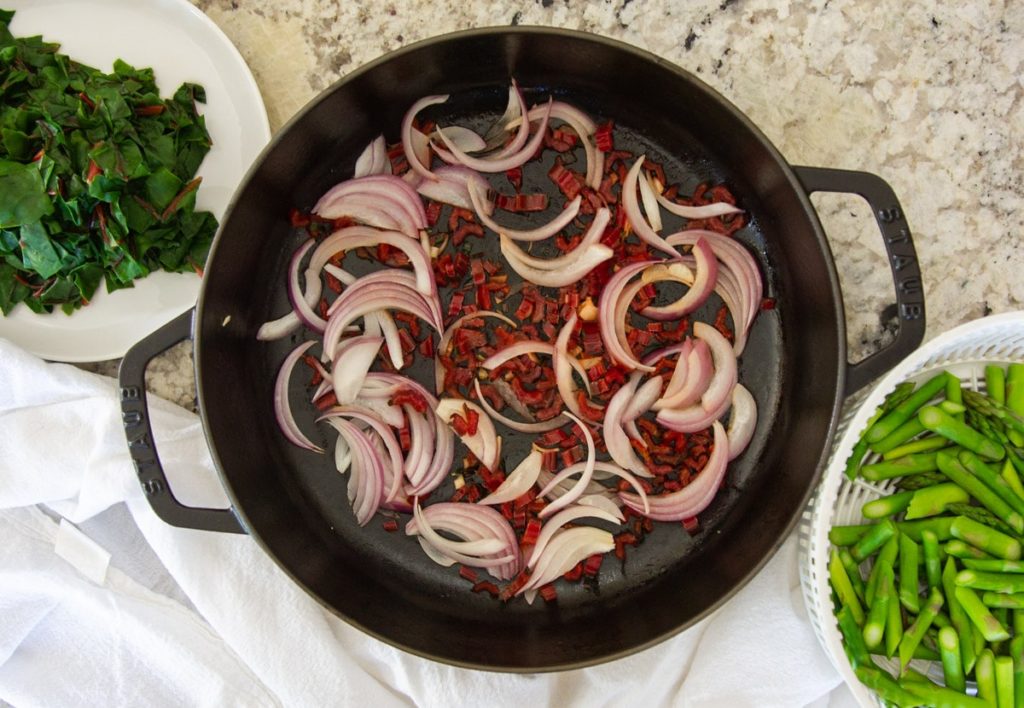
How To Make Asparagus Pasta
This recipe makes enough food for 2-3 people, but you can easily double or triple it. You will definitely want to make extra lemon butter sauce!
Making the butter sauce is the First Step, and it takes about 15 minutes. Here’s how you do it.
You sauté minced onions and garlic in a bit of butter.
Then add freshly squeezed lemon juice, white wine vinegar, and water, and simmer it down to concentrate the tangy flavors.
Finally, it is a matter is whisking in the rest of your butter while keeping it at low heat so the butter doesn’t separate.

The result is a creamy, buttery sauce that you will use to finish your asparagus pasta.
You can also use this sauce on steamed or boiled vegetables, for fish or meats, and so on.
Step Two is to bring a big pot of water to boil and season it with salt.
You will blanch the asparagus and Swiss chard in this water, remove the vegetables with a slotted spoon, then use the same water to cook the pasta. Time saving trick!
Meanwhile, start a little garlic and onion sauté—with the Swiss chard stems if you have them—until golden brown.
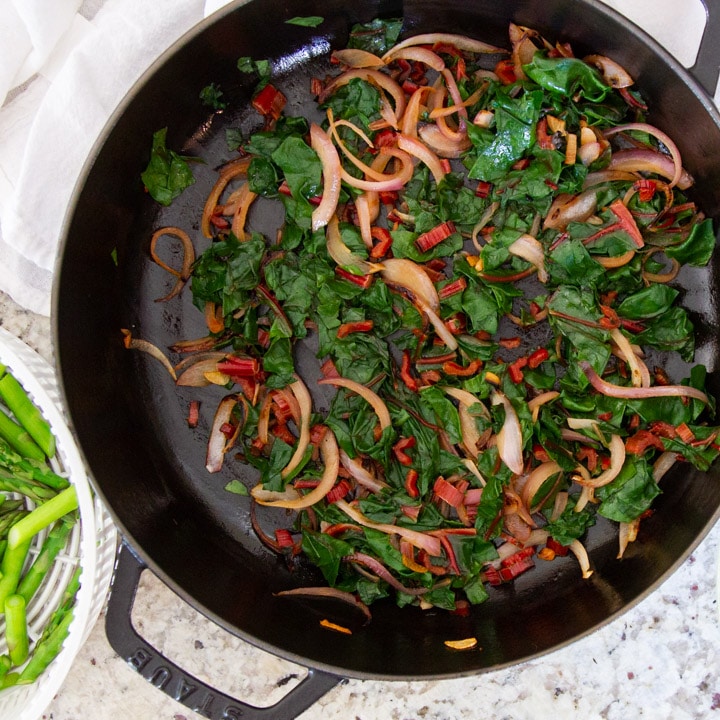
At this point you return the blanched vegetables and the cooked pasta to the sauté pan and heat thoroughly.
Finally, mix in the lemon butter sauce to fully coat the asparagus pasta and you are set to enjoy a lively special occasion lunch or dinner that serenades all who partake with spring joy.
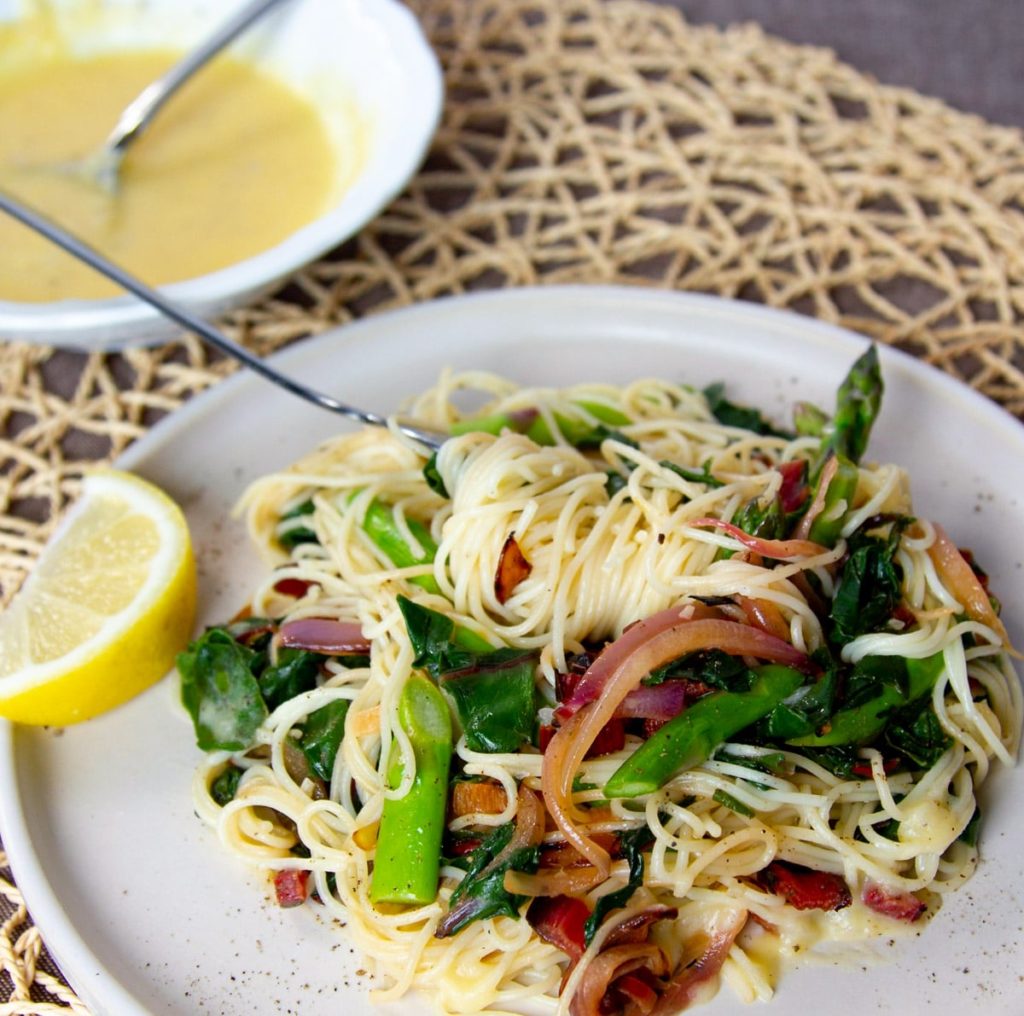
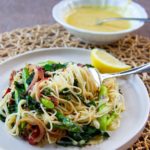
Asparagus Pasta Recipe With Garlic Lemon Butter Sauce
Helpful Kitchen Tools:
Ingredients
- ⅓ pound angel hair pasta, (a third of a package)
- 20 stalks asparagus, sliced
- 1 bunch Swiss chard, chopped
- 1 clove garlic, minced
- 1 red onion, sliced
- 1 tablespoon olive oil
- pinch Himalayan pink salt
- pinch freshly ground black pepper
Instructions
- Make the lemon butter sauce according to the recipe instructions here and keep it aside while you make the pasta.
- Wash the asparagus and snap off the woody part of the stems. Slice into 1-inch pieces on a diagonal. Wash Swiss chard and remove the stems but don’t discard. Chop the stems finely and keep them separate. Chop the Swiss chard leaves.
- Meanwhile, fill a large pot with water and bring to a boil on high heat. Season the water with a tablespoon of salt.
- Add the asparagus and blanch it for 2-3 minutes, until cooked, but still firm. Remove with a slotted spoon and set aside. Next, add the Swiss chard leaves and cook for 3-5 minutes, until soft. Remove with a slotted spoon and set aside.
- Now cook the pasta in the same water according to the package instructions.
- Meanwhile, slice the red onion and mince the garlic. Heat a large wok or skillet on medium-high heat and add the butter. Add garlic, onion, and the stems of the Swiss chard and sauté until browned.
- Add blanched Swiss chard and asparagus to the hot pan to reheat. Follow with cooked pasta and lemon butter sauce. Mix continuously with two spoons until the pasta is evenly coated and warm.
- Turn off the heat and serve. Enjoy!
Notes
Nutrition
If you liked this post, please share it with your friends on social media, or leave a comment below.
For more Buttered Veg lifestyle content, follow me on Pinterest, Facebook, Instagram, and Twitter.


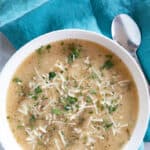
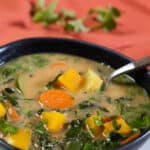
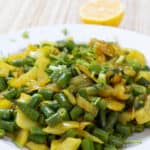
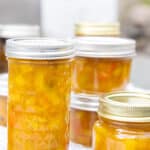

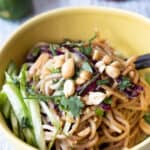

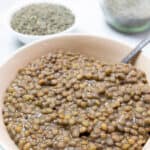
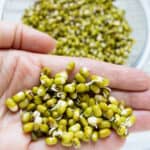
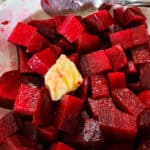


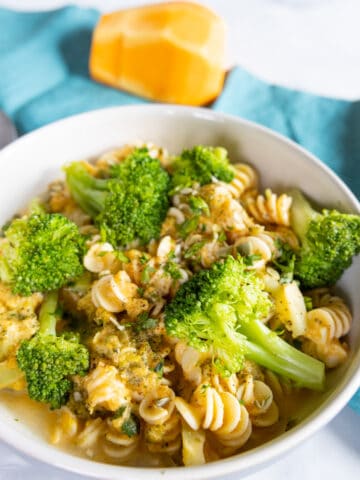
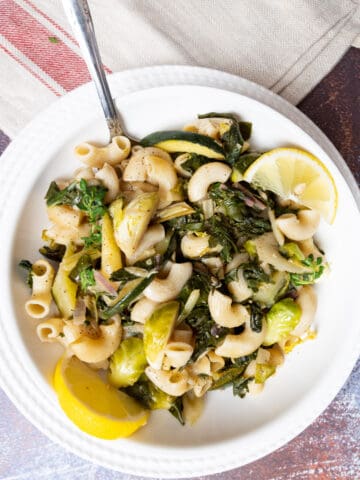
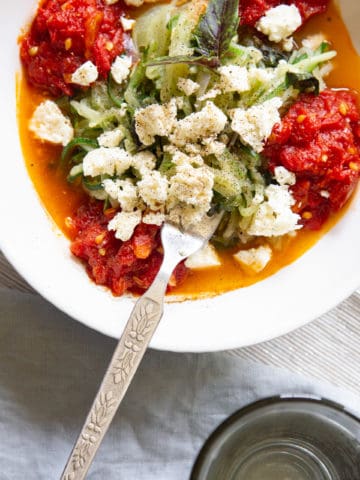
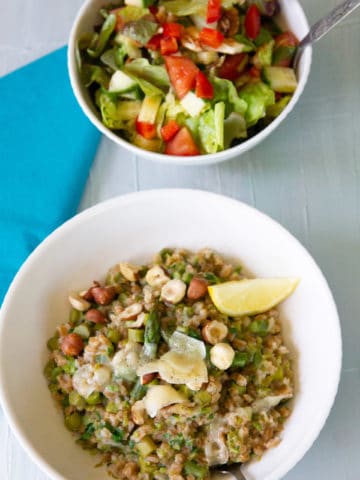
Leave a Reply